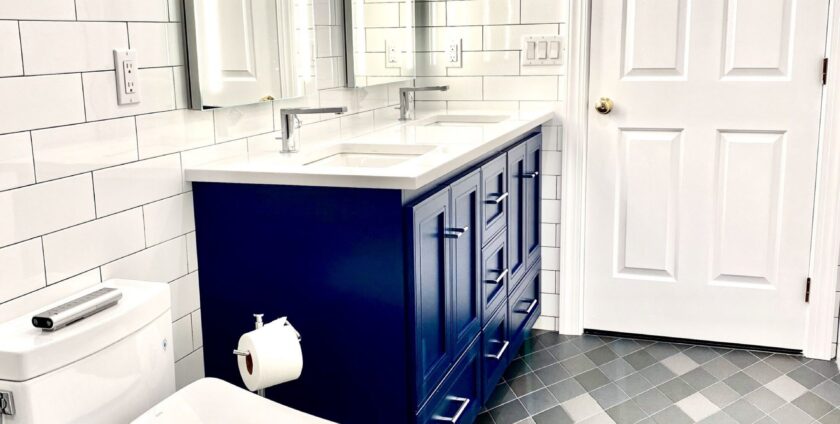
Embarking on a kitchen or bathroom renovation is a significant investment, and selecting the right professionals is crucial to achieving a high-quality finish. One of the key trades involved is tiling, where precision and adherence to best practices are essential. This guide provides insights into evaluating the quality of work performed by tilers, ensuring your renovation meets the highest standards.
Importance of Proper Waterproofing
Waterproofing is a critical aspect of any wet area, such as bathrooms and kitchens. Failures in waterproofing can lead to significant structural damage over time. It’s essential to ensure that the tiler applies a continuous and impervious waterproofing membrane beneath the tiles. According to BRANZ, tiled surfaces with cement-based grouted joints are not inherently waterproof, making the application of a proper waterproofing system vital.
Surface Preparation Standards
The longevity and appearance of tiled surfaces heavily depend on meticulous surface preparation. The substrate must be clean, dry, sound, flat, and rigid. For instance, smooth concrete is ideal due to its rigidity. However, concrete floors should be at least four months old before tiling to account for shrinkage. Timber and particleboard floors require additional attention to eliminate any flex, as movement can lead to tile cracking. A screwed and glued overlay of fiber cement board can provide a suitable substrate over timber floorboards.
Selection of Appropriate Adhesives
Using the correct adhesive is paramount for the durability of tiled surfaces. Different substrates and environments necessitate specific adhesives. For example, cement-based adhesives like ASA Fixall are suitable for older, sound concrete floors, while flexible adhesives like ASA Conflex are recommended for newer concrete or floors with heating systems. It’s crucial to consult with knowledgeable professionals to determine the appropriate adhesive for your specific project.
Adherence to Best Practices
Ensuring your tiler follows established best practices is essential for a successful outcome. In New Zealand, while formal certification for tilers isn’t mandatory, reputable professionals adhere to guidelines outlined in resources like the BRANZ Good Practice Guide: Tiling. This guide emphasizes the importance of proper substrate preparation, correct adhesive selection, and meticulous installation techniques. Engaging a tiler who follows these practices helps prevent common issues such as leaks, cracks, and tile detachment.
Evaluating Workmanship
- Alignment and Leveling: Tiles should be uniformly aligned with consistent spacing. Use of tile spacers during installation aids in maintaining even gaps.
- Grout Application: Grout lines should be smooth and uniform, with excess grout cleaned off the tile surfaces promptly to prevent staining.
- Cutting Precision: Tiles around fixtures and edges should be precisely cut to fit, avoiding large gaps or uneven edges. Proper tools, such as tile cutters and nippers, are essential for achieving clean cuts.
- Surface Evenness: The finished surface should be flat without lippage (height difference between adjacent tiles). Regular use of a spirit level during installation helps ensure evenness.
- By: Tiler
- Category: Tiling & Renovations
- 0 comment
